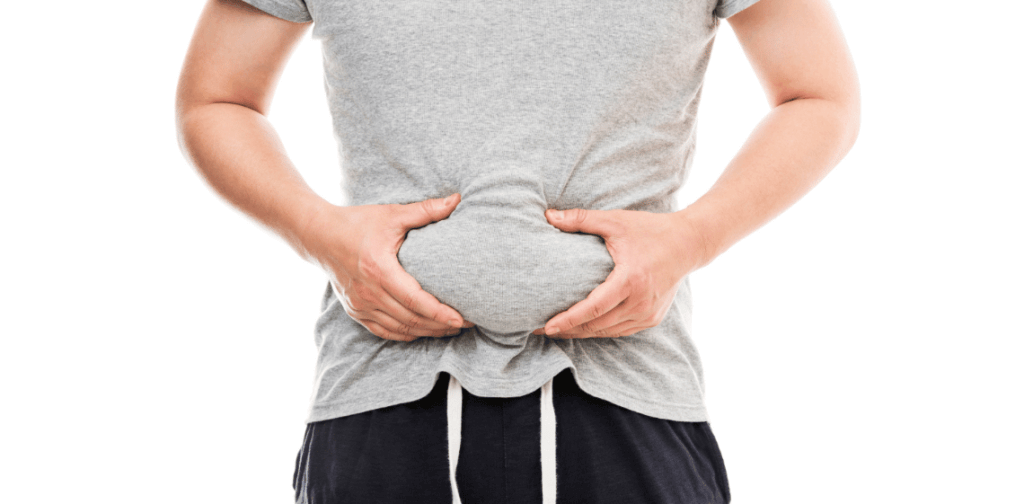Regarding hormones and how they impact our bodies, testosterone is the leading contender for men. Testosterone is the primary male hormone, but women produce it as well, albeit in different quantities. In recent years, low testosterone's significant impact on chronic health disorders, including joint pain, has become widely accepted. This article will explore the connection between low testosterone and joint pain and how testosterone replacement therapy can help.
Before discussing testosterone and joint pain, it's essential to understand what testosterone is and its role in the body.
What is Testosterone
Testosterone is a hormone produced mainly in the testes in men and the ovaries in women. However, women also produce smaller amounts in their adrenal glands. This hormone plays a pivotal role in a range of functions, including:
Bone Health
- Testosterone helps maintain strong bones and muscles.
Sexual Function
- It contributes to libido and plays a role in sexual function.
Mood
- Testosterone levels can affect mood and overall well-being.
Reproduction
- In men, it's crucial for sperm production.
Testosterone and Joint Pain
Testosterone and Arthritis
Arthritis is a condition causing joint inflammation and pain that affects millions worldwide. It comes in different forms, with rheumatoid arthritis (RA) being one of the most well-known. Interestingly, RA is more common in women than men, suggesting a possible link to testosterone levels. Some studies suggest that testosterone may have an anti-inflammatory effect, reducing the risk of arthritis. Also, lower levels in women may contribute to the higher prevalence of RA.
The study "Sex hormone effects on immune regulation [1]," published in 2018, discusses how sex hormones, including testosterone, can affect the immune system and cause autoimmune conditions like RA. They highlight that women's hormones decline faster than men's, possibly why chronic inflammation and arthritis are more common in women.
Osteoarthritis and Testosterone
Osteoarthritis, a degenerative joint disease, differs from RA as it is not an autoimmune condition. It's more common with aging and is related to joint wear and tear. Testosterone might play a role in preventing or managing Osteoarthritis, as it helps maintain bone and muscle health. [2]
Research indicates that men with higher testosterone levels may have a reduced risk of developing Osteoarthritis. A study published in the journal Osteoarthritis and Cartilage, titled "Association of endogenous sex hormones with knee osteoarthritis: a systematic review and meta-analysis," reviews the relationship between sex hormones and the risk of developing Osteoarthritis. They highlight that low blood levels of estradiol, progesterone and testosterone increase the risk of Osteoarthritis in women.
Low Testosterone and Joint Pain
Low testosterone levels, a condition known as hypogonadism, can lead to a range of health issues. Among the symptoms experienced by individuals with low testosterone are joint pain and muscle weakness. These symptoms may arise because testosterone plays a crucial role in maintaining both muscle and bone health.
In one meta-analysis [3] titled "Effects of Testosterone Replacement Therapy on Muscle Strength in Older Men with Low to Low-Normal Testosterone Levels: A Systematic Review and Metaâ€Analysis," they investigated the relationship between low testosterone and muscle strength, which can be associated with joint pain and mobility issues.
They concluded TRT improved muscle strength in older, relatively hypogonadal men. The effect was more pronounced in populations with lower baseline testosterone levels. So, the connection between testosterone and joint pain is evident.
Hormone Therapy and Joint Pain
Hormone therapy, commonly used to address low testosterone levels, can potentially impact joint pain. When you optimize testosterone levels through hormone therapy, many individuals report a reduction in joint discomfort. This suggests that testosterone may indeed have a beneficial effect on joint health and aging joints.
In the study [4] titled 'Testosterone replacement therapy improves the health-related quality of life of men diagnosed with late-onset hypogonadism,' they show a clear improvement in psychological and physical characteristics in men taking TRT. They also highlight how TRT contributes to improved quality of life in men with diagnosed low T. So, in a nutshell, they reported that TRT reduced the percentage of patients reporting both joint and muscle pain while on the treatment.
One final study called [5] "Long-term Testosterone Therapy Improves Cardiopulmonary Function and Reduces Risk of Heart Failure in Men with Low Testosterone," published in the Journal of the American College of Cardiology, examines the potential benefits of testosterone therapy, which may include reduced joint pain.
They show that long-term TRT is effective, has a high patient satisfaction level, and patients tolerate the treatment well. Amazingly, deaths related to CV disease fell significantly in the testosterone group. So, TRT may improve cardiovascular health and reduce joint pain.
Click to find more on the leading causes of heart disease.
Conclusion
The connection between testosterone and joint pain is a fascinating area of research. While evidence shows testosterone may have a protective or therapeutic role in joint health, there is still much to learn about the precise mechanisms.
If you're experiencing joint pain or have concerns about your testosterone levels, it's essential to consult with a healthcare provider. They can guide you on the best course of action to address your specific needs. Remember, taking care of your joint health involves a combination of factors, including a healthy lifestyle, regular exercise, and, if necessary, medical treatment. Moreover, TRT can help.

Joint Pain, feeling weak? It could be 'Low T'
Two easy ways to find out.





